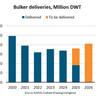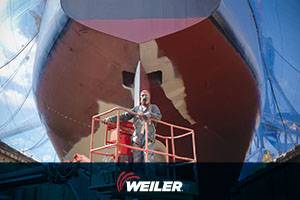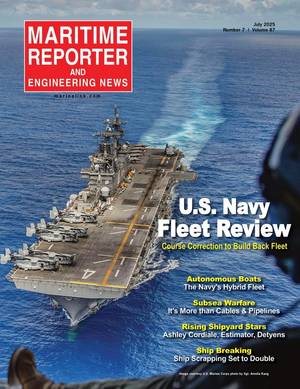Suez Canal Accounts for 8% of LNG Trade
Total oil flows through the Suez Canal and the SUMED pipeline accounted for about 9% of total seaborne traded petroleum in 2017, and LNG flows through the Suez Canal and the SUMED pipeline accounted for about 8% of global LNG trade.
"The Suez Canal and the SUMED Pipeline are strategic routes for Persian Gulf crude oil, petroleum products, and LNG shipments to Europe and North America," U.S. Energy Information Administration (EIA) said.
Located in Egypt, the Suez Canal connects the Red Sea with the Mediterranean Sea, and is considered as a key choke-point due to the large volumes of energy commodities that flow through it.
Choke-points are narrow channels along widely used global sea routes that are critical to global energy security, EIA said.
Since 2016, growth in northbound total petroleum flows through the Suez Canal and the SUMED pipeline has slowed, and southbound flows through the canal have risen substantially. In particular, the Suez Canal is gaining importance as a southbound route for U.S. and Russian crude oil and petroleum products to destinations in Asia and the Middle East.
Slightly more than half of total petroleum transiting the Suez Canal in 2018 was sent northbound to destinations in Europe and North America.
Petroleum exports from Persian Gulf countries, such as Saudi Arabia, Iraq, and Iran, accounted for 85% of Suez Canal northbound traffic. Northbound flows of petroleum products have risen in recent years, particularly as more ultra-low sulfur diesel fuel has been shipped from Saudi Arabia to European countries.
Overall LNG flows through the Suez Canal have declined in recent years. Nearly all (98%) of the northbound LNG transit is from Qatar and mainly destined for European markets. Although Qatar remains a key exporter of LNG through the canal, it has been diverting more cargoes to Asia in recent years.
The 200-mile long SUMED Pipeline transports crude oil northbound through Egypt from the Red Sea to the Mediterranean Sea. Crude oil flows through two parallel pipelines that have a total capacity of 2.8 million barrels per day.
The SUMED Pipeline is the only alternative route to transport crude oil from the Red Sea to the Mediterranean Sea if ships cannot navigate through the Suez Canal. Crude oil flows through the SUMED Pipeline have declined since 2016 as a result of the shifting oil trade patterns and a widening of the Suez Canal.










